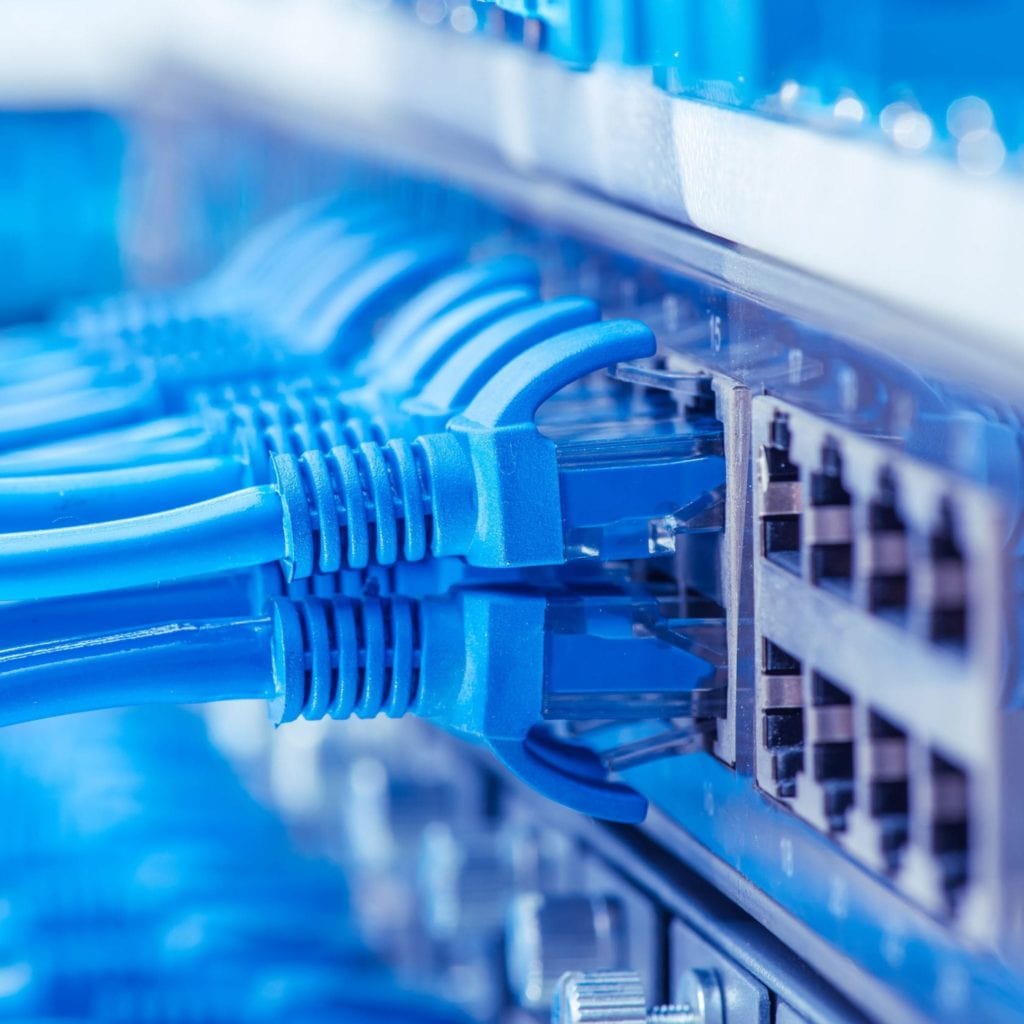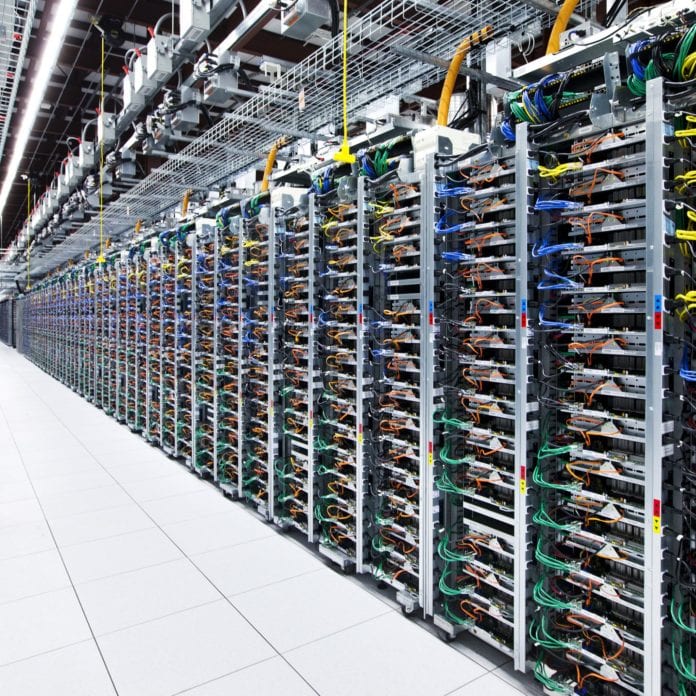Data center industry sees strong growth continuing, driven by AI
LANSDOWNE, Virginia—The data center industry is seeing explosive growth, and some market observers have called 2024 a “turning point” for the space.
Citi Research has estimated data centers’ market size at 33 Gigawatts (GW) in 2023 and anticipates that the data center industry will see compound annual growth of 17% to 100 GW in 2030, driven by both demand for general computing to handle core IT workloads as well as artificial intelligence computing demand.
At last week’s Data Center Dynamics Connect Virginia event, panelists cited a number of reasons as to why they expect to see the unprecedented growth in the data center industry continue. Those include:
–Changing needs of physical infrastructure. With the expected proliferation of AI computing infrastructure, come new levels of intensity for things such as power consumption. Goldman Sachs has estimated that AI will drive a 160% increase in power demand within data centers. New types of more advanced cooling technology are expected to become more widespread to increase cooling capability, and space efficiency within the buildings is also expected to rapidly change—AI computing hardware may demand more power, but it takes up less space, for example.
All of that means that not only are new data centers expected to be built, but the data center industry also anticipates that there will be widespread retrofitting of existing buildings.

–Advances in artificial intelligence. AI is already a rapidly changing and nascent technology that is driving significant demand and changes within data centers, particularly with the high levels of interest in exploring and deploying generative AI. Greg Ratcliff, chief innovation officer for power solutions provider Vertiv, which serves the data center space, categorized the current market landscape for the data center industry as a “training landgrab” for the most compute-intensive part of AI. “And it isn’t going to last forever,” he warned. As AI gets trained and the models are then able to move mostly to inferencing, or producing answers based on their training, the compute demand isn’t as intense.
That may sound like it sets up a plateau for AI computing—but some panelists said that the demand is more likely to change than lessen, perhaps shifting to AI model management and monitoring. Michael Maniscalco, CTO of Applied Digital, also pointed out that many AI models currently in use are heavily focused on text or images rather than full multimedia use—and particularly as AI video use grows, the demand for more AI compute capacity will expand even further, driving additional growth within the data center industry.
–Changes in topology needs as AI matures. With more widespread AI adoption, it’s anticipated that not only will AI workloads move out of training and into inferencing, but those workloads will also move closer to the user. Perhaps that will be through on-device AI, including on mobile devices, but limitations on device compute capabilities and power consumption may also mean that AI compute workloads need to move closer to the network edge but not all the way to the device.
Edge computing has been a topic of discussion in the telecom space for years, with carriers making forays into exploring the use of central offices and re-architecting them as data centers (CORD), small data centers located near cellular towers a la Vapor.io, and striking deals with hyperscalers for edge computing zones deployed in conjunction with 5G. To date, edge computing has yet to have its day and see large-scale utilization and monetization. But the insatiable data demand of AI may change that.
“This may be the thing that makes edge finally happen,” said Ratcliff.

